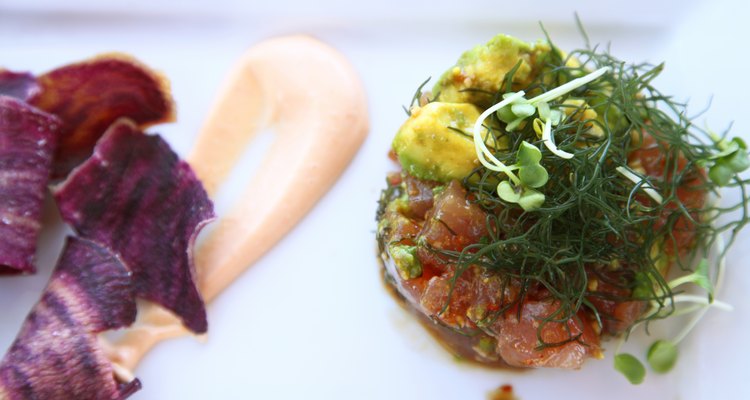
Hiro_photo_H/iStock/Getty Images
The first Hawaiian Island settlers are thought to have been of Polynesian descent who arrived from the Marquesas Islands around 300 to 400 AD. The travelers arrived with pigs, chickens and dogs, as well as nutritious plants such as taro and breadfruit, which were to become staples of the Traditional Hawaiian Diet, or THD as it is also known.
Potential
As obesity increases among Americans, including those native to Hawaii, dietary programs are being tested and developed in an attempt to decrease and prevent it. Researchers at the University of Hawaii have investigated the traditional Hawaiian diet as a dietary model to reduce obesity and the risk of diseases associated with it.
Fruits
The original island settlers are believed to have introduced breadfruit to the islands, which when ripe can be eaten as a fruit, or cooked as a vegetable if under-ripe. Ancient Hawaiians also would have eaten plenty of coconuts, bananas, apples, raspberries and strawberries; many of the foods would have been in a fresh and raw.
Vegetables
Eating large amounts of vegetables every day is a healthy practice, one that was followed in ancient times by Hawaiians. It is believed that a healthy adult would have consumed around 2 cups of sweet potatoes and 2 cups of cooked greens. Yams would also have been a staple part of the diet, along with at least a daily pound of poi, a traditional Hawaiian dish made from pounded taro root.
Meats and Fish
Hawaiian protein food sources in ancient times were mainly fish and other seafood, such as squid and crab. Chicken and other birds were also eaten. According to the Alternative Hawaii website, the traditional Hawaiian diet would have consisted of 12 percent protein.
Conclusion
A study undertaken at Hawaii University, revealed that participants who try to follow a traditional Hawaiian diet have problems sticking to the diet long-term. Although many do experience initial weight loss and improved health, they claim that reasons they fail to follow the diet long-term include an inability to obtain fresh produce at affordable prices and lack of support. The study concludes that certain measures need to be applied to make the diet a realistic lifestyle choice for current times, such as removing junk-food vending machines from schools, and the provision of land for community gardening.
Related Articles
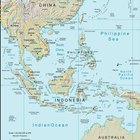
Southeast Asian Diet & Nutrition

Traditional English Diet

The Mayan Diet

What Is the Meaning of Family Reunion?

Fruits or Vegetables Starting With X
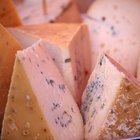
A List of Foods From the Medieval Times

The History of Butternut Squash
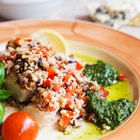
Paleo-Mediterranean Diet

Types of Greek Fruits & Vegetables
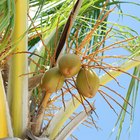
Which Nuts Are Alkaline Forming?
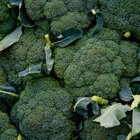
Vegetables That Are Considered to Be ...

Pennsylvania Grants for Adopted Children

Food Recipes of Ancient Egypt
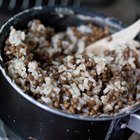
Rice & Lentil Diet

What Is the Nutritional Value of an ...

Who Wears Red Fez Hats?

Types of Social Clubs
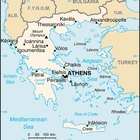
Staple Foods in Greek Culture
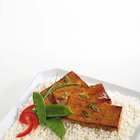
Is All Chinese Food Fattening?

Can Eating Salads & Fish Make You Lose ...
References
Writer Bio
Deborah Green has been providing online content in the health and fitness industries since 2001. She holds a Bachelor of Arts in English language teaching from Sussex University and is pursuing a Bachelor of Arts/Bachelor of Science in health studies from The Open University.
Photo Credits
Hiro_photo_H/iStock/Getty Images